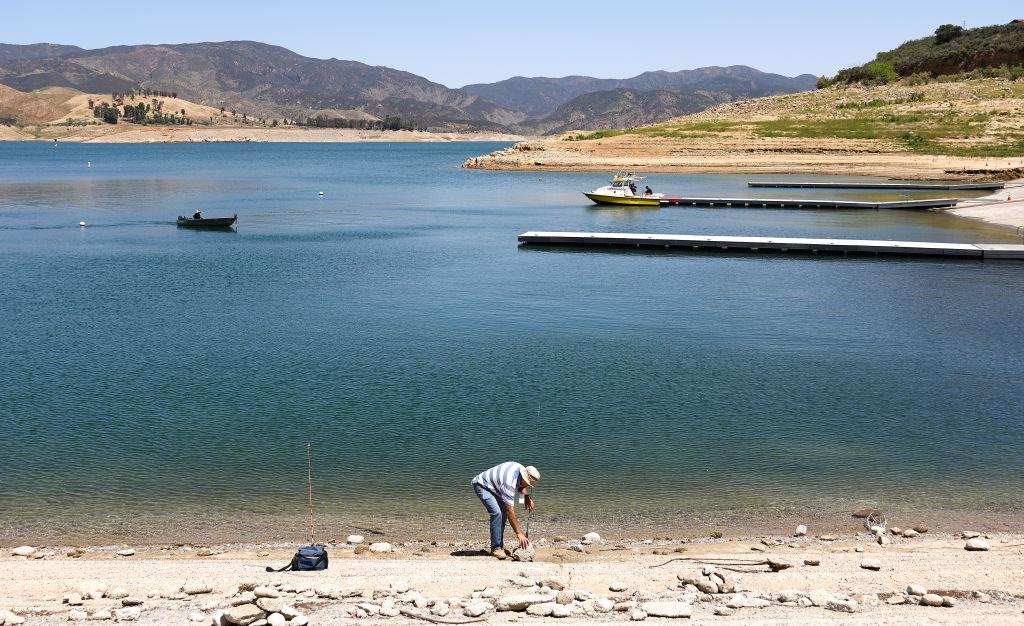The California Department of Water Resources (DWR) will be increasing water supplies to 100 percent for Californians from the State Water Project, the DWR announced Thursday.
The increased water supply comes after record winter storms with heavy amounts of rainfall hit the state and filled up reservoirs, which saw an increase from 75 percent to 100 percent improvement. This increase is the most it’s been during the state’s drought since 2006, according to DWR.





